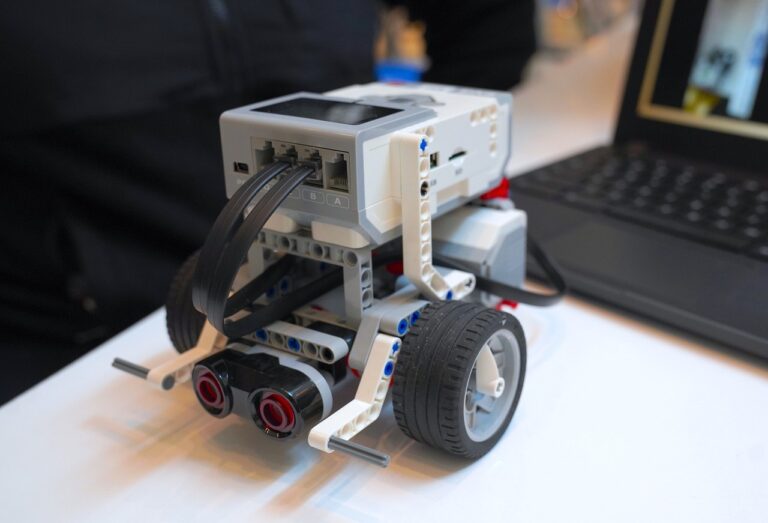Strategies for Teaching Internet Safety to Parents
The Internet offers a plethora of benefits and opportunities for individuals of all ages. However, along with these advantages come inherent risks that can potentially harm users. One of the primary risks of the Internet is the exposure to inappropriate content, such as violent imagery, explicit material, or cyberbullying. These harmful elements can have a significant impact on the mental and emotional well-being of users, especially children and adolescents who are more vulnerable to such content.
Another notable risk of the Internet is the threat of cyber attacks and online scams. Hackers and cybercriminals are constantly finding new ways to exploit unsuspecting individuals for financial gain or to steal personal information. From phishing emails to malicious software, the online world is filled with potential dangers that can compromise the security and privacy of users. It is essential for individuals to be aware of these risks and take proactive measures to protect themselves while navigating the digital landscape.
Creating a Safe Online Environment at Home
In today’s digital age, creating a safe online environment within the confines of your home is essential to protect your family from the potential risks that the internet poses. This means taking proactive measures to safeguard your personal information, shield your children from harmful content, and prevent cyber threats from infiltrating your devices.
One practical step towards achieving this is implementing robust security measures on all your devices, including antivirus software, firewalls, and secure passwords. Additionally, educating your children about online safety, the importance of privacy settings, and the dangers of interacting with strangers online can go a long way in cultivating a secure digital environment within your home.
Setting Clear Rules and Boundaries for Internet Use
Establishing clear rules and boundaries for internet use in your household is essential in ensuring a safe and healthy online environment for everyone. It’s important to communicate these guidelines effectively to all family members to promote responsible and secure internet practices. Setting expectations on when, where, and how the internet can be accessed can help prevent potential risks and conflicts.
When defining rules for internet use, consider factors such as screen time limits, appropriate content, and privacy settings. Encouraging open communication about online activities and teaching good digital citizenship habits can empower family members to navigate the internet responsibly. Incorporating regular discussions about internet safety and updating guidelines as needed can help adapt to the ever-evolving digital landscape.
Why is it important to set clear rules and boundaries for internet use?
Setting clear rules and boundaries for internet use helps to protect your family members from potential online dangers such as cyberbullying, inappropriate content, and online predators. It also helps to establish a healthy balance between screen time and other activities.
How can I create a safe online environment at home?
To create a safe online environment at home, you can start by setting up parental controls on devices, discussing internet safety with your family members, monitoring their online activities, and establishing rules for internet use.
What are some common risks of the internet?
Some common risks of the internet include cyberbullying, online predators, identity theft, phishing scams, malware, and exposure to inappropriate content. It is important to be aware of these risks and take steps to protect yourself and your family.
How can I enforce the rules and boundaries for internet use?
You can enforce the rules and boundaries for internet use by having open and honest conversations with your family members about the importance of following the guidelines. You can also set consequences for breaking the rules and regularly monitor their online activities.





